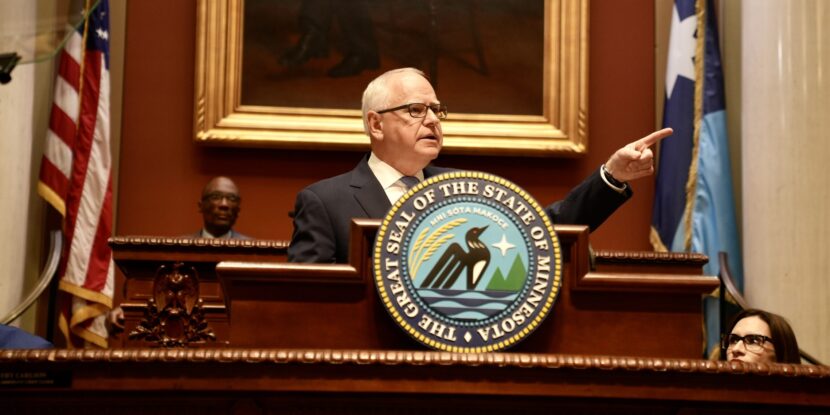The International Monetary Fund (IMF) has revised its forecast for the U.S. economy, anticipating faster growth in 2025 than previously estimated. As detailed in its latest World Economic Outlook report, the IMF predicts a growth rate of 2.7 percent for the U.S., an increase from an earlier estimate of 2.2 percent. This increase is attributed to robust labor market dynamics and a rise in investment activities following President-elect Donald J. Trump‘s landslide 2024 election victory.
In contrast, the IMF has lowered its growth projections for Europe, primarily because of challenges in the manufacturing sector and increased political uncertainties. The fund’s chief economist, Pierre-Olivier Gourinchas, highlighted a significant divergence in economic trajectories between the U.S. and other regions.
“The big story is the divergence between the U.S. and the rest of the world,” Gourinchas said on a press call. “We have stronger potential output growth in the U.S. compared to pre-pandemic, and we have weaker potential growth in other areas, like the euro area or China.”
The IMF’s revised economic forecasts are based on its October analysis, which suggested that although global growth has not returned to pre-pandemic levels, fears of a significant post-pandemic contraction have been largely allayed. The updated report anticipates global output will grow by 3.3 percent this year and next, slightly above earlier forecasts.
Additionally, the IMF warns that economic policy uncertainty, particularly from newly elected governments worldwide, could impact global economic trends. The IMF dubiously claims President-elect Trump’s push for tax cuts, deregulation, tariffs, and immigration restrictions could potentially lead to increased inflation. However, immigration restrictions and tariffs are all generally deflationary, putting downward pressure on consumption—a point emphasized by Trump’s Treasury Secretary nominee, Scott Bessent. Meanwhile, deregulation often results in lower costs and prices.



















